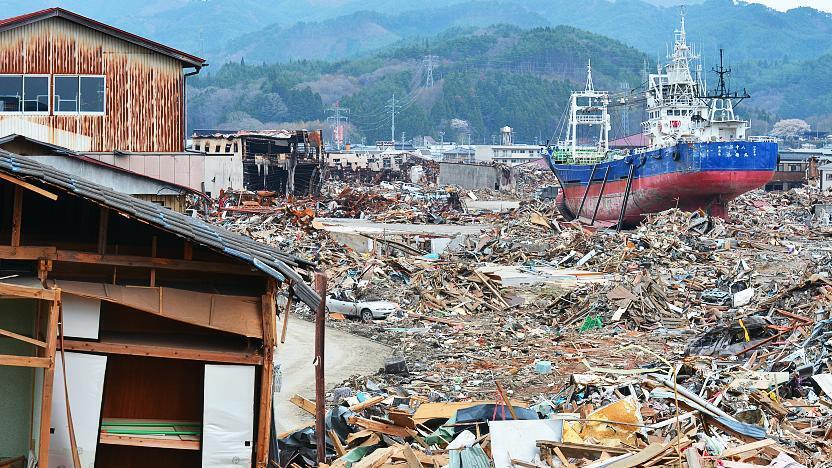Earthquake and Tsunami Update

One of the strongest earthquakes on records hit the Tohoku Region in the afternoon of March 11, 2011, triggering up to 40 meter high tsunami waves that caused massive destruction and loss of human lives in areas along the Pacific coast of eastern Japan, especially in Miyagi, Iwate and Fukushima Prefectures. In addition, the tsunami led to a nuclear accident that forced tens of thousands of people to evacuate the region around the Fukushima Daiichi Nuclear Plant.
Transportation and tourism in eastern Japan were affected for several weeks following the earthquake due to power shortages and damage to infrastructure, but all major airports, train lines and expressways were reopened within two months of the disaster. Sendai, Matsushima, Iwaki and the Sanriku Coast were the only destinations in our nationwide sightseeing guide that suffered considerable damage from the earthquake. However, even there most tourist attractions reopened within a few weeks or months.
![]() Read our reports about the recovery from the March 11 Disaster
Read our reports about the recovery from the March 11 Disaster

Nuclear Accident
The nuclear accident resulted in massive radioactive fallout and an increase in radiation across eastern Japan in the weeks following the disaster. In the meantime, however, radiation levels have returned to normal or close to normal levels in all of Japan except in the no-entry zone around the nuclear plant.